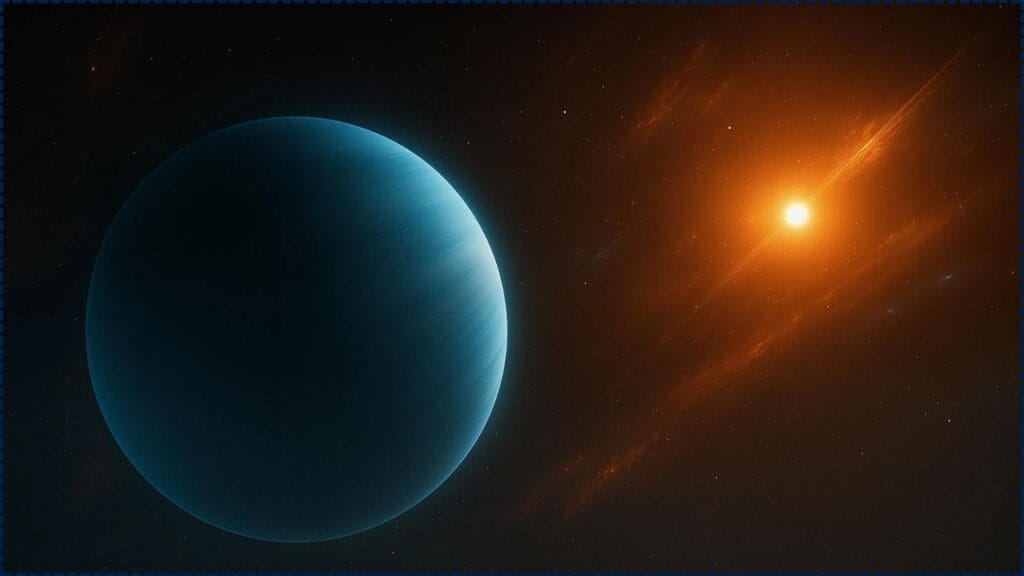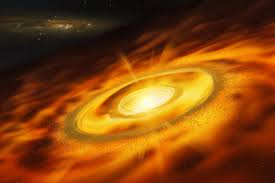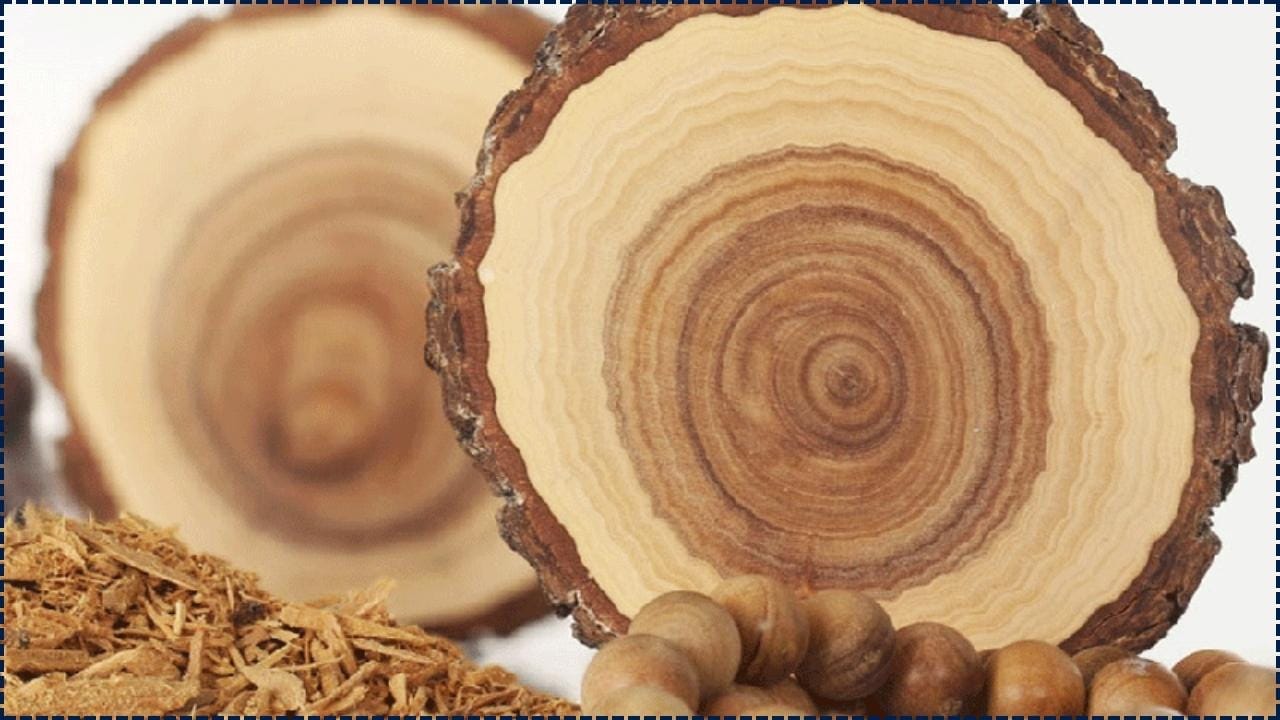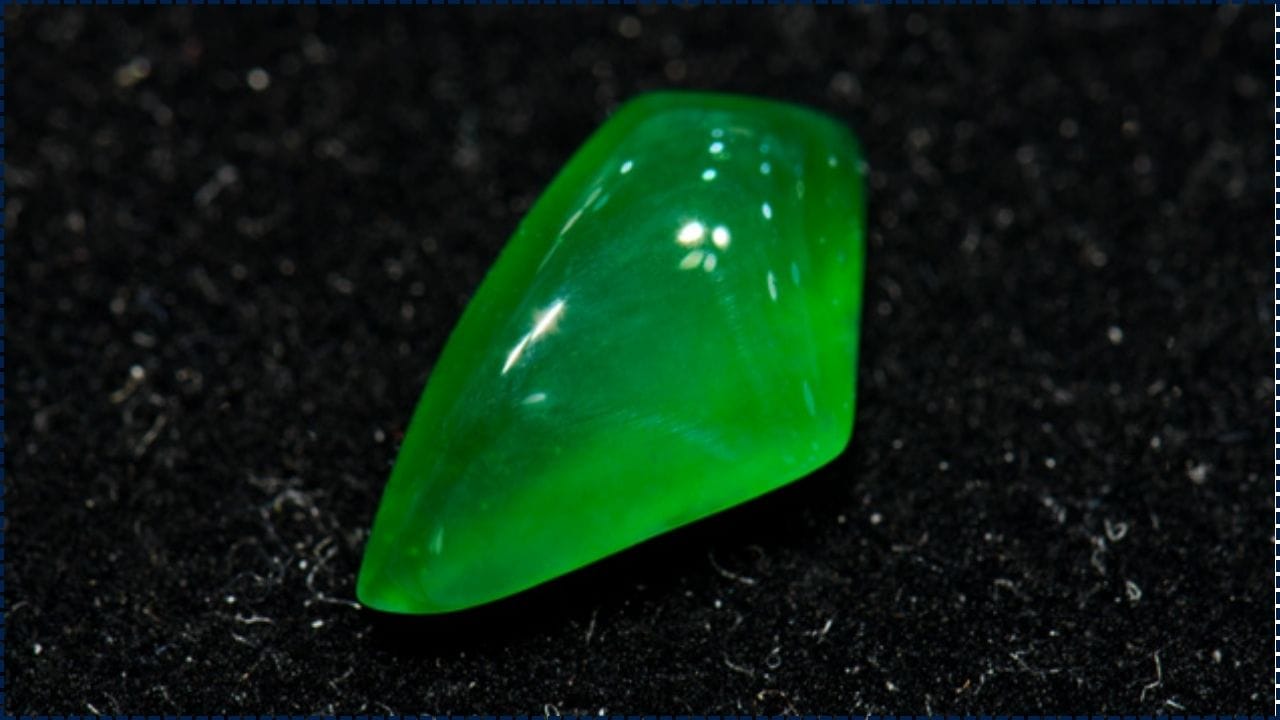In a breathtaking moment of human curiosity and wonder, NASA’s James Webb Space Telescope (JWST) has captured the first direct image of a young planet, TWA 7 b, gently shaping cosmic rings around a budding star. This awe-inspiring discovery, like a celestial artist crafting rings of gas and dust, invites us to marvel at the beauty of creation in the vast universe. It fosters a shared sense of connection and inspiration, reminding us of our collective journey to understand the cosmos and our place within it, nurturing hope and unity across the globe.

This isn’t just some pretty space wallpaper. This find is rewriting what we know about how planets grow up in their early days. Imagine Saturn in its cosmic diaper phase, shaping its environment like a toddler scribbling on a fresh canvas of dust. Except this isn’t make-believe; it’s raw data captured by one of the most powerful space observatories ever built.
NASA’s James Webb Captures First Direct Image
| Feature | Details |
|---|---|
| Planet Name | TWA 7 b |
| Star System | TWA 7 (Located ~34 light-years from Earth) |
| Planet Size | About the mass of Saturn (~0.3 Jupiter Mass / ~100 Earth Masses) |
| Observation Method | Direct infrared imaging with JWST’s MIRI coronagraph |
| Notable Discovery | First direct image of a planet clearing a debris ring |
| Planet’s Orbit | ~50 AU from star (about 50x farther than Earth is from the Sun) |
| Study Published In | Nature, June 25, 2025 |
| Supported By | Ground observations via VLT/SPHERE |
| Official Source | NASA JWST Science |
The discovery of TWA 7 b, a young planet gently shaping its cosmic home around a budding star, is a heartwarming triumph for humanity, uniting us in awe and wonder. Captured by NASA’s James Webb Space Telescope, this vision of a fledgling world, akin to a baby Saturn, reminds us that every element in the universe, no matter how small, contributes to the grand tapestry of existence. With patience and innovative tools, we are gifted the chance to witness the birth of new worlds, inspiring a shared sense of hope and connection as we explore our place in the cosmos together.
As James Webb continues to unfold the mysteries of our galaxy, one thing is clear: the future of space discovery has never looked brighter, more detailed, or more exciting.
What Makes This Discovery So Big?
Let’s break it down. For decades, astronomers have theorized that planets form by collecting dust and gas in a disk around a newborn star. But actually seeing a planet do it? That’s like catching Bigfoot on camera doing a backflip. Thanks to JWST’s super-sensitive Mid-Infrared Instrument (MIRI) and some clever use of a coronagraph (a tool that blocks the star’s blinding light), scientists got a direct peek at TWA 7 b clearing out a section of the dusty debris disk around its star.
It’s the lightest planet ever directly imaged. At just the mass of Saturn, this is a win for scientists who’ve long wanted to know if lower-mass planets could be seen in formation. And this is important because most of the direct imaging done before has been of giant, Jupiter-sized planets, which are much easier to spot.
Even more compelling? This isn’t just some static image. Researchers believe they can actually study how the planet evolves over time, potentially catching changes in the ring structure or the planet’s atmospheric composition.

Why This Rings True for Planet Formation
Cosmic Rings Aren’t Just for Show
Those rings of dust around young stars? They’re basically space blueprints for building planets. When you see gaps in those rings, it usually means something is pushing material aside. Scientists have suspected that forming planets are the culprits—and now we have the receipts.
TWA 7 b sits perfectly in one of those ring gaps, implying it’s been playing bulldozer with debris and shaping the cosmic construction site. These kinds of interactions are part of what’s called “disk-planet interactions,” and they shape the structure of future planetary systems.
The Planet is a “Shepherd”
Much like Saturn’s moons that help maintain its rings, TWA 7 b appears to be doing something similar on a far larger scale. It’s guiding, collecting, and redistributing material, revealing how planets can sculpt their systems.
And here’s another cool aspect: the planet is showing signs of resonance with the disk material. This means it’s influencing the orbit of dust and other matter in a rhythmic, wave-like pattern. Such effects are often hard to detect, so this opens up fresh opportunities for research.
The Tech Behind the Magic
MIRI and the Coronagraph
JWST’s MIRI instrument operates in the mid-infrared, making it ideal for detecting cooler objects like dust and gas. The coronagraph helps block out the blinding light of the host star, revealing the faint planet. Without this combo, the discovery would’ve been impossible.
Ground-Based Support
The team also used ground-based observations from the Very Large Telescope (VLT) in Chile using the SPHERE instrument. These helped verify the disk’s structure and confirm the alignment of the planet with the ring gap. In fact, the synergy between space and Earth-based telescopes is what sealed the deal on this identification.
Spectroscopy in the Future
Although not part of the initial discovery, spectroscopy will be the next step. By analyzing the light coming from the planet, scientists can determine its atmospheric composition, temperature, and even cloud patterns. This will let them peer into the planetary “weather forecast” of TWA 7 b.
Related Links
Farewell to the Moon? NASA Confirms It’s Drifting Away — And It’s Getting Worse
NASA’s Deep Space Missions May Be Delayed by Upcoming Federal Budget Cuts
Physicists Are Still Grappling With a Big Question About the Universe’s Fundamental Nature
What This Tells Us About Exoplanets
This isn’t just a shiny new image. It’s a proof of concept that smaller planets like Saturn can shape disks and be directly imaged by modern tech. Here’s why that rocks the astronomical world:
- It shows planets can influence disk architecture early in their development.
- It means JWST can detect even smaller planets than we thought.
- It opens new doors to studying how atmospheres form around newborn planets.
- It challenges existing models that say only massive planets could be detected in this way.
- It expands our understanding of how common such planet-forming systems might be across the universe.
More discoveries like this could help refine our search criteria for habitable worlds and even uncover Earth-like planets hiding in similar disks.
NASA’s James Webb Captures First Direct Image: How Scientists Caught the Image
- Pick a Young Star: Young stars are where the planet-forming action is. TWA 7 is just 6.4 million years old—basically a toddler in stellar years.
- Target the Disk: Look for stars with visible debris disks using infrared data. These are the hot zones for planetary formation.
- Use a Coronagraph: Block out the bright central star to see faint objects nearby. It’s like putting on sunglasses to see better in the sun.
- Snap the Image: Capture images in various infrared wavelengths to build a clear composite. Each wavelength tells part of the story.
- Verify and Analyze: Compare with models, run checks against background objects, and publish the findings. Peer review adds that essential stamp of approval.
Practical Takeaways for the Public
- Education: Kids and students can now see planets actually forming—not just as theory but as direct evidence. This can inspire the next generation of scientists.
- Innovation: New imaging tools and techniques will likely be spun off into other fields like medicine, climate monitoring, and artificial intelligence.
- Public Excitement: These images make space more accessible and awe-inspiring than ever. They bridge the gap between complex science and public wonder.
- Policy Support: Groundbreaking discoveries like this can help secure funding for future space missions and STEM education.
FAQs
Q1: Is this the first planet JWST has imaged?
It’s the first planet discovered and directly imaged by JWST while forming. Others were known already.
Q2: What is TWA 7 b made of?
It likely has a gas-rich atmosphere similar to Saturn, but detailed composition is still being studied. It may also have a rocky core.
Q3: How far is TWA 7 from Earth?
Roughly 34 light-years away, located in the TW Hydrae Association—a known hotspot for young stars.
Q4: Could we ever visit this system?
Not with current tech—it would take tens of thousands of years. But future telescopes might reveal more about it and even help identify similar systems closer to Earth.
Q5: What’s next?
Astronomers plan to monitor TWA 7 b over time, use spectroscopy to analyze its atmosphere, and hunt for more young planets doing similar things. JWST is just getting warmed up.








